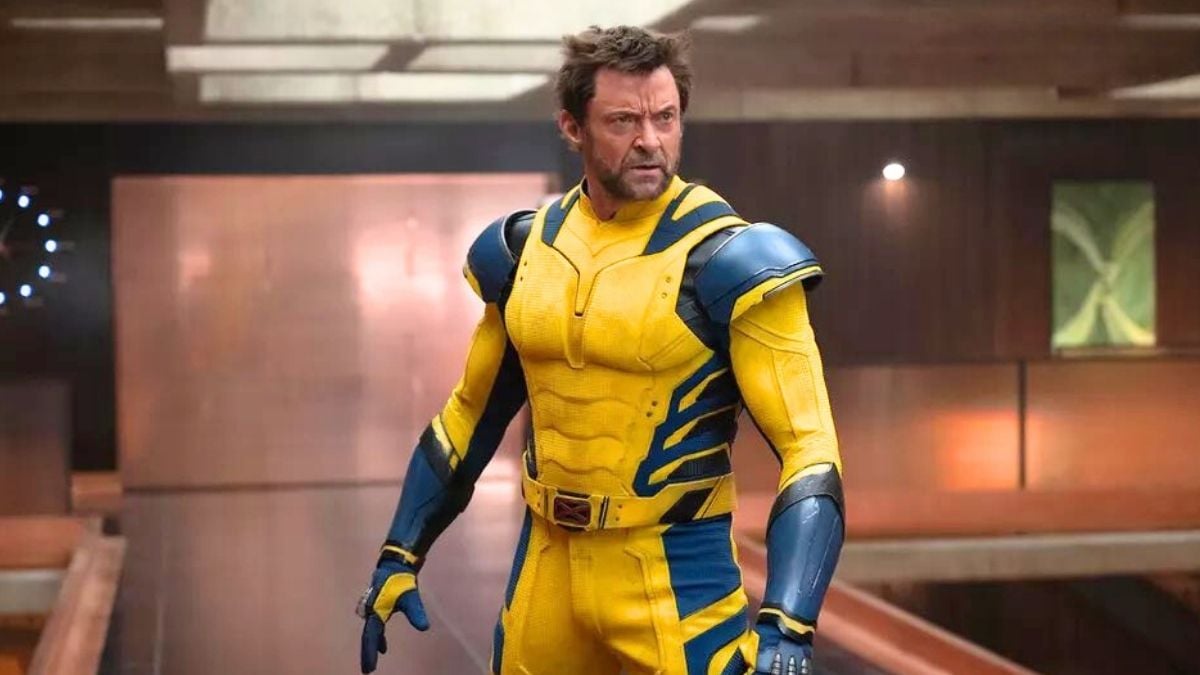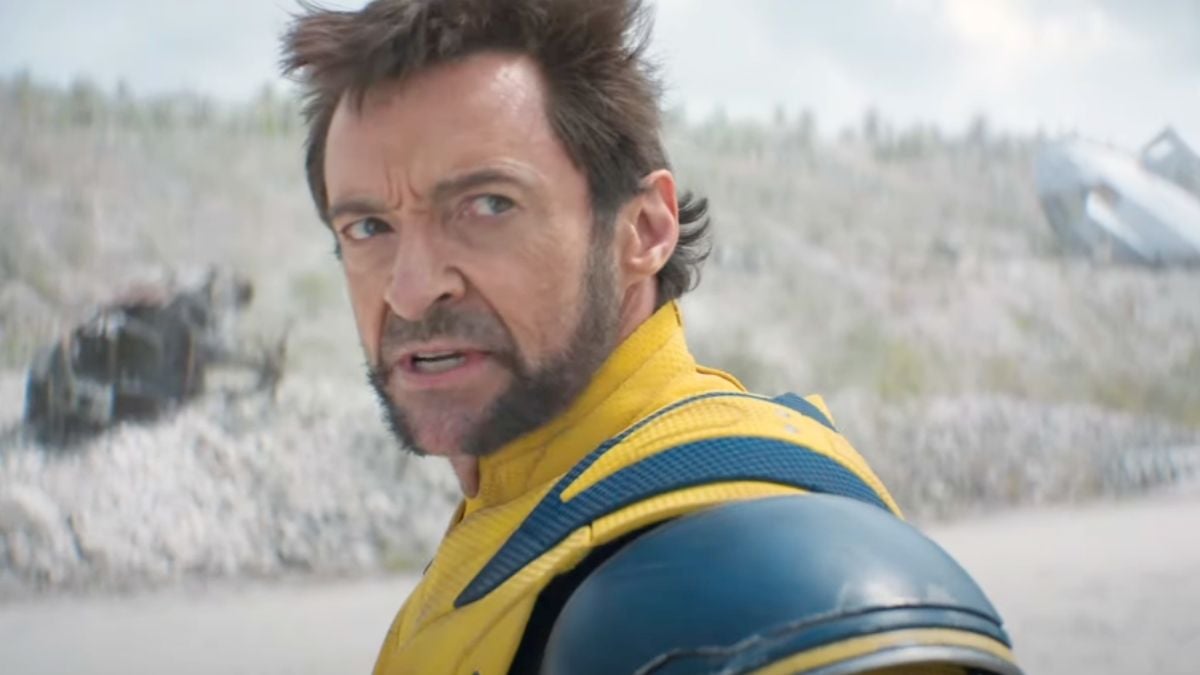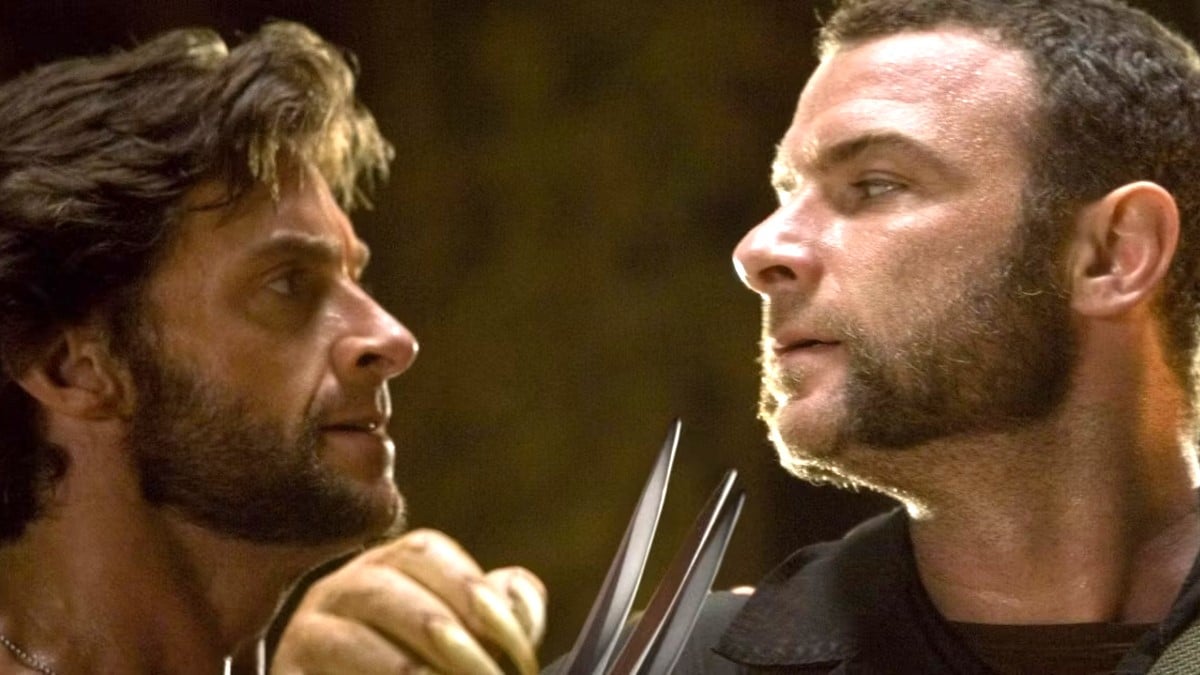
Outrage was a bit of a letdown. It was an often tedious movie, full of unlikable characters and featuring a plot that was both hard to follow and hardly worth following. Somehow, it made a yakuza turf war seem utterly boring. Beyond Outrage fixes many of the mistakes of its predecessor, wisely introducing more character development, making some of those characters more sympathetic, and upping the ante on the violence. In addition, it adds a playfulness and sense of humor that was woefully missing from the original.
The movie doesn’t start off particularly promisingly. Takeshi Kitano, who wrote, directed, and stars in the film, does not show up until a full 24 minutes into it. That’s 24 minutes to get to the guy who is ostensibly the film’s protagonist, and certainly its most recognizable face. All the time until then is spent catching the audience up on all the various changes among the yakuza clans that have occurred since the first film, changes most viewers probably couldn’t care less about. That’s the main problem Outrage had: too much plot and not enough reason to care about any of it.
If you’ve seen the first film, you may be wondering how Kitano’s character, Otomo, is even in Beyond Outrage given his apparent demise. That’s all retconned a little too neatly when it’s revealed that Detective Kataoka had simply lied about Otomo’s death. That explanation rings a little hollow given that this is the yakuza we’re talking about here. It does not seem very believable that their reach doesn’t extend into the prison system, and that they wouldn’t find out right away that it is all a con and Otomo was alive and well.
Fortunately, the movie improves substantially once Otomo is back in the picture and events are set in motion. Detective Katoaka, who is something like the opposite of Otomo’s guardian angel, is reminiscent of Iago from Shakespeare’s Othello in the way he cunningly pits yakuza against yakuza, playing all sides against each other to further his own goals. His presence here is stronger than in the last film, and it helps make the plot both more coherent and more compelling. While both films feature an overabundance of cause and effect, with one murder leading to another leading to another until it’s hard to even keep track of all the killings, here most of the cause is centered around a single schemer. This helps tighten the film’s focus and makes it substantially easier to follow.
Like any movie about organized crime, audiences expect yakuza films to have a generous portion of violence, and on that front Beyond Outrage succeeds. It’s not as over-the-top as, say, a Takashi Miike film might be, but there is a whole lot of people getting shot, and you will certainly never look at batting cages the same way again. This is not an action movie, though. There aren’t chase scenes or choreographed fights. When someone is killed, it’s quick and brutal.
That falls perfectly in line with Kitano’s other yakuza films, which have always been more about deconstructing the idea of organized crime being cool and sexy rather than perpetuating that myth. In Sonatine, arguably Kitano’s best film, he poked holes in the glamorized image of the yakuza by basically having a bunch of gangsters hang out on a beach, acting like normal, scared human beings who spend a lot of time goofing around and fretting about their own mortality. The Outrage films take a different approach by deconstructing the time-honored notion of honor among criminals. For all the talk of loyalty and sake pacts, there is not a single person in either film who wouldn’t turn on his closest ally in order to save his own skin.
It’s the fact that Kitano goes out of his way not to glamorize the yakuza or the crimes they commit that makes Beyond Outrage an effective piece of art, but not always an effective piece of entertainment. For better or worse, we have been trained by the Tarantinos of the world to expect a little bit of sexiness to our violence, and when there isn’t any it can make the movie seem kind of flat. Beyond Outrage can feel like a chore at times, especially during its first half hour, but those with the patience to see it through to the end will be rewarded by a film that offers more than shock value or cheap thrills. It is the rare sequel that improves on the original without abandoning its message.








Published: Nov 25, 2013 01:20 am